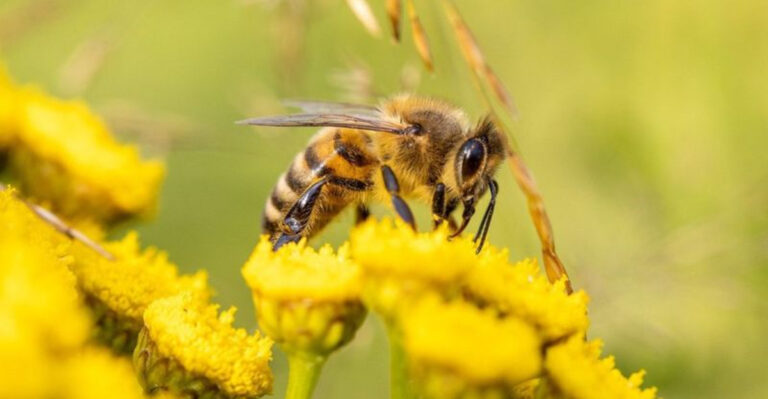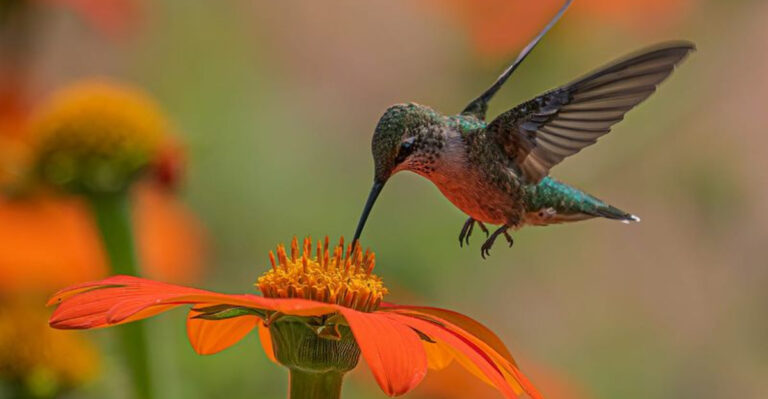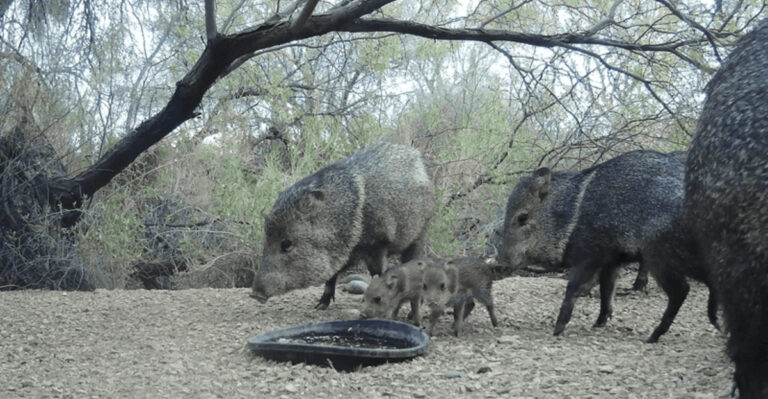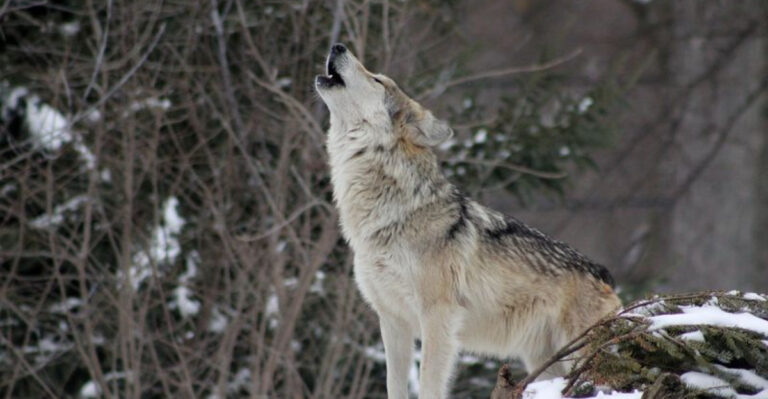Why Some Birds Nest On The Ground And How They Survive The Risks
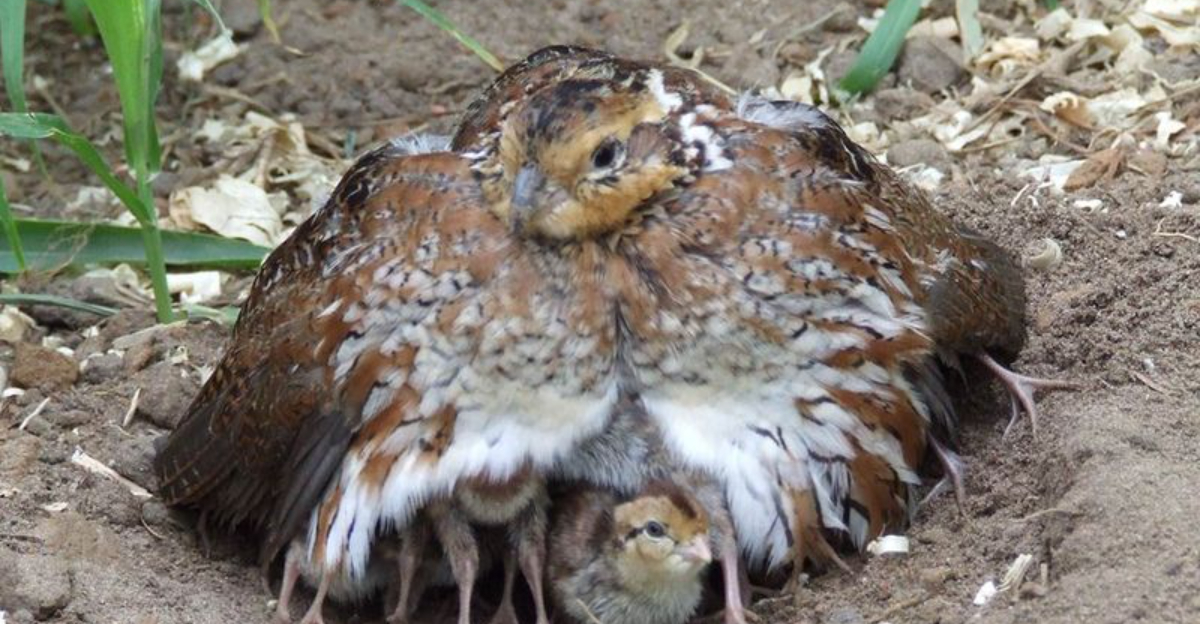
When we think about bird nests, we often picture cozy structures tucked among tree branches. However, many bird species actually build their nests right on the ground!
This surprising nesting strategy comes with both advantages and serious dangers. From clever camouflage to distraction displays, ground-nesting birds have developed fascinating adaptations to protect their vulnerable eggs and chicks.
1. Which Birds Prefer Ground Nests?

Killdeer, sandpipers, and meadowlarks are common ground-nesters, along with game birds like quail and grouse. Many shorebirds, including terns and plovers, nest on beaches and sandbars.
Waterfowl such as mallards often nest in grassy areas near water. Even some unexpected species like nightjars and whip-poor-wills create simple ground depressions instead of elaborate tree nests.
2. The Benefits Of Ground-Nesting

Ground-nesting offers surprising advantages! Birds without tree-perching feet, like shorebirds with webbed feet, find ground nesting necessary and practical.
The ground provides excellent insulation, keeping eggs at stable temperatures. For prairie species, open areas offer better visibility against approaching predators than dense forests would.
Ground sites also allow quick access to food sources without long flights back to elevated nests.
3. How Ground-Nesting Birds Choose The Best Location
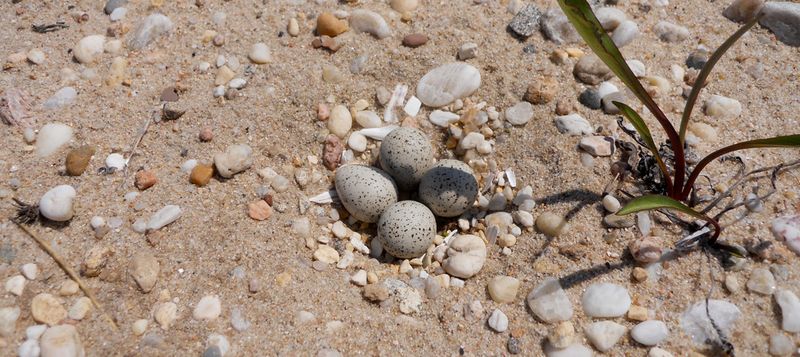
Ground-nesters are picky real estate agents! They seek slight depressions that provide drainage during rain while offering concealment from predators.
Many species prefer areas with patchy vegetation – enough cover to hide the nest but sufficient visibility to spot approaching threats. Some, like plovers, select gravelly areas where their speckled eggs naturally blend with the surroundings.
4. The Risk Of Predation

Ground nests face a gauntlet of hungry predators! Foxes, raccoons, and snakes can easily access these vulnerable nurseries. Even domestic pets pose serious threats when allowed to roam.
Nocturnal predators like opossums and skunks hunt by scent, making nighttime especially dangerous. Aerial predators including crows and hawks spot nests from above, creating a multi-directional challenge for parent birds.
5. Camouflage: HowThey Stay Hidden From Predators

Master illusionists! Ground-nesting birds have evolved eggs with cryptic patterns matching their surroundings – speckled for rocky areas, solid-colored for sand.
Parent birds often have mottled plumage that blends perfectly with vegetation when sitting on nests. Some species like nightjars have such effective camouflage, you could step within inches without spotting them.
Many build minimal nests to avoid creating obvious, predator-attracting structures.
6. Why Some Birds Lay Multiple Eggs To Increase Hatchling Survival
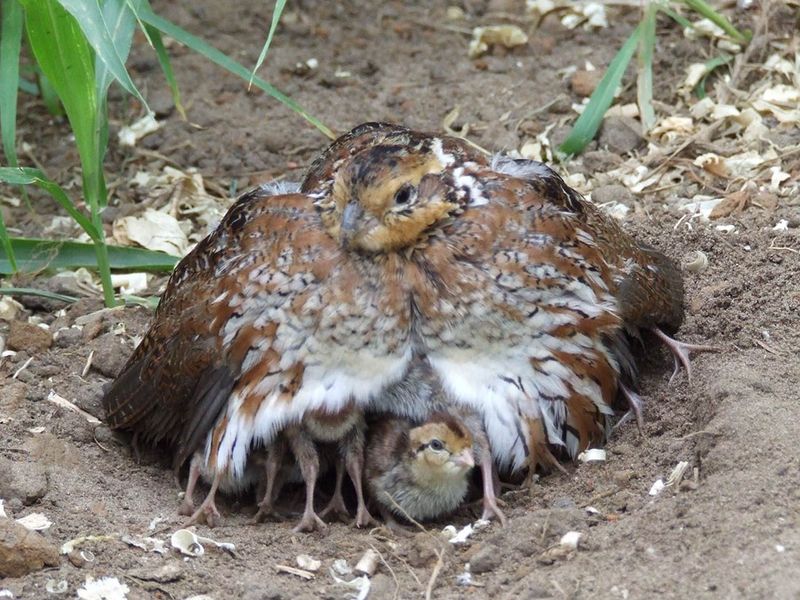
Quantity improves survival odds! Quail might lay up to 15 eggs, while pheasants produce 8-12 per clutch – a strategy called “bet-hedging.”
Larger clutches ensure some chicks survive even if predators find the nest. Ground-nesters also time hatching so all eggs develop simultaneously, creating safety in numbers when chicks leave the nest.
This approach counterbalances the inherently higher predation rates of ground nests.
7. Defending Their Nests
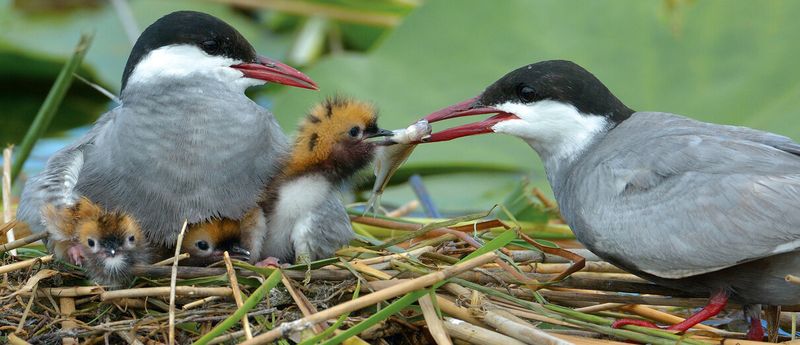
Fierce defenders despite their size! Terns and gulls dive-bomb intruders, striking with sharp beaks. Arctic-nesting skuas actually target predators’ eyes with precision attacks.
Killdeer famously perform elaborate distraction displays, while plovers emit alarm calls that rally neighboring birds into defensive mobs. Some species like geese and swans stand their ground, using powerful wings as weapons against approaching threats.
8. Distraction Techniques To Mislead Predators
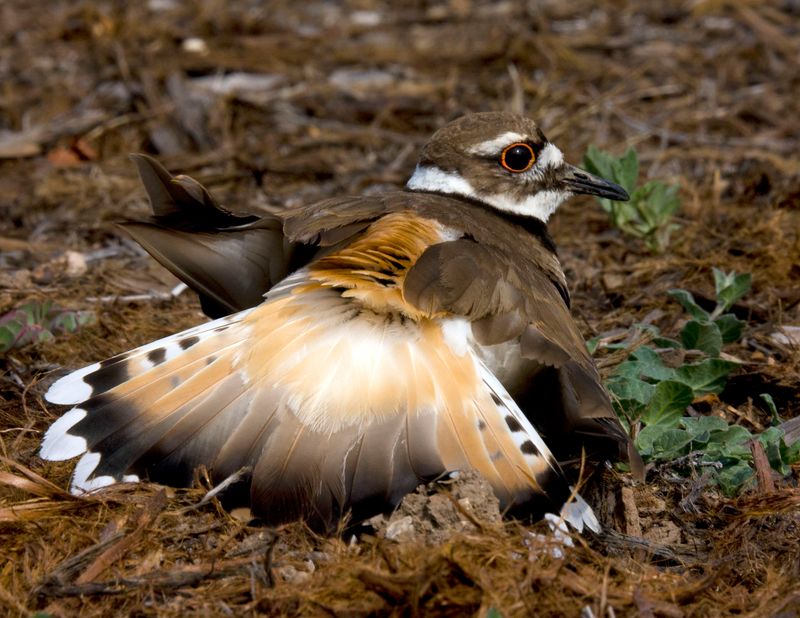
Oscar-worthy performances! The killdeer’s famous “broken-wing act” draws predators away from nests by mimicking an injured, easy-to-catch bird.
Some sandpipers perform elaborate “rodent runs,” scurrying like mice to confuse predators about their identity. Plovers might pretend to incubate in empty spots away from actual nests.
These theatrical displays demonstrate remarkable intelligence and parental dedication while keeping vulnerable eggs safe.
9. The Impact Of Climate Change On Ground-Nesting Birds

Rising seas threaten coastal nesters! Beach-nesting terns and plovers face shrinking habitat as shorelines erode. Unpredictable weather patterns bring unseasonable storms that flood nests or expose eggs to deadly temperature fluctuations.
Changing rainfall patterns alter vegetation, reducing suitable nesting cover. Early springs disrupt the timing between hatching and peak insect availability, leaving hungry chicks without adequate food sources.
10. Ground-Nesting Birds And Human Encroachment

Human footprints spell trouble! Beachgoers unknowingly trample hidden plover nests while off-leash dogs discover and disturb ground nests that evolved to hide from wild predators.
Agricultural machinery destroys meadowlark and bobolink nests in hayfields. Light pollution disorients night-migrating parents, keeping them from returning to their nests.
Even well-intentioned hikers can accidentally flush parents, exposing eggs to temperature stress or predation.
11. How Ground-Nesting Birds Adapt To Their Environment

Evolutionary marvels! Precocial chicks of ground-nesters like quail hatch fully feathered and can follow parents within hours, unlike helpless tree-nesters.
Most species lay cryptically colored eggs that match their environment – speckled for woodland floors, sand-colored for beaches. Parent birds develop remarkable heat tolerance, allowing them to incubate eggs in direct sunlight where few predators can tolerate the exposure.
12. Ground-Nesting Birds’ Survival Strategies During Harsh Weather

Weather-wise architects! Many ground-nesters build nests with small drainage channels to prevent flooding during heavy rains. Some, like killdeer, add stones around nest edges that create mini-barriers against water.
During heat waves, parents stand over eggs providing shade rather than warmth. Arctic-nesting species like sandpipers create wind-blocking nest cups and line them with insulating down feathers against freezing temperatures.
13. The Role Of Ground-Nesting Birds In Ecosystems
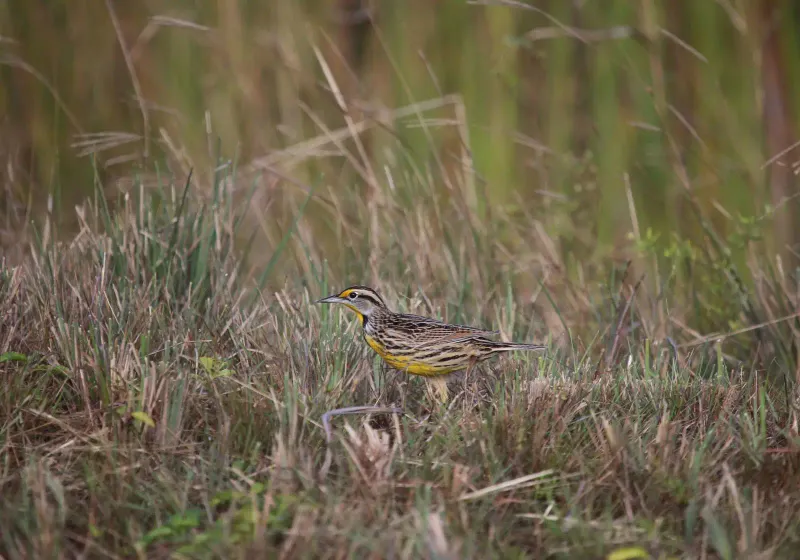
Ecological superheroes! Ground-nesters like quail consume vast quantities of crop-damaging insects, providing natural pest control. Many species eat weed seeds, helping maintain native plant diversity.
Their nesting habits aerate soil and redistribute nutrients. As prey themselves, these birds support predator populations that maintain ecosystem balance.
Shorebird nests create microhabitats that benefit small invertebrates and influence dune formation on beaches.

